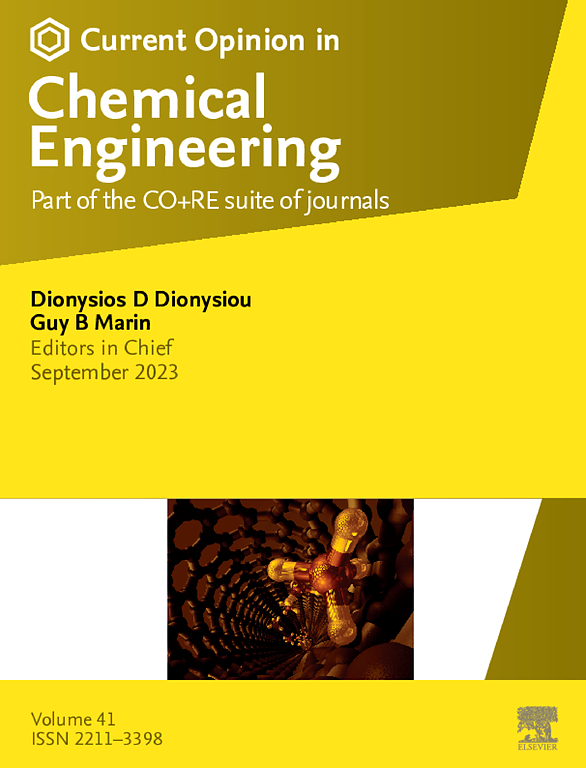高重力化学工程中挥发性有机化合物的捕获
IF 6.8
2区 工程技术
Q1 BIOTECHNOLOGY & APPLIED MICROBIOLOGY
引用次数: 0
摘要
有效捕获挥发性有机化合物(VOCs)仍然是工业排放控制中的一个重大挑战。高重力(HiGee)技术,特别是旋转填充床(rpb)的使用,是该领域的一项创新。rpb提供了一种紧凑、节能的解决方案,用于优化VOC消除,解决疏水和亲水化合物的问题。随着行业面临越来越大的监管压力和雄心勃勃的环境目标,采用rpb对减少VOC变得越来越有吸引力。这篇综述深入探讨了HiGee技术的机制及其在VOC捕获中的作用,强调了其针对特定工业应用微调功能的独特能力。讨论涵盖了HiGee技术在VOC处理中的各种应用,提供了其对环境影响的全面概述。该综述还确定了未来的研究方向,旨在提高rpb在VOC缓解过程中的效率和扩大适用性。本文章由计算机程序翻译,如有差异,请以英文原文为准。
High-gravity chemical engineering in volatile organic compounds capture
Efficient capture of volatile organic compounds (VOCs) remains a significant challenge in industrial emissions control. High-gravity (HiGee) technology particularly through the use of rotating packed beds (RPBs) depicts an innovation in this field. RPBs offer a compact, energy-efficient solution for optimizing VOC elimination, addressing both hydrophobic and hydrophilic compounds. As industries face growing regulator pressures and ambitious environmental targets, the adoption of RPBs becomes increasingly attractive for VOC mitigation. This review delves into the mechanism underlying HiGee technology and its role in VOC capture, highlighting its unique ability to fine-tune functionality for specific industrial applications. The discussion encompasses the various applications of HiGee technology in VOC treatment, providing a comprehensive overview of its environmental impacts. The review also identifies future research directions aimed at enhancing the efficiency and expanding the applicability of RPBs in VOC mitigation processes.
求助全文
通过发布文献求助,成功后即可免费获取论文全文。
去求助
来源期刊

Current Opinion in Chemical Engineering
BIOTECHNOLOGY & APPLIED MICROBIOLOGYENGINE-ENGINEERING, CHEMICAL
CiteScore
12.80
自引率
3.00%
发文量
114
期刊介绍:
Current Opinion in Chemical Engineering is devoted to bringing forth short and focused review articles written by experts on current advances in different areas of chemical engineering. Only invited review articles will be published.
The goals of each review article in Current Opinion in Chemical Engineering are:
1. To acquaint the reader/researcher with the most important recent papers in the given topic.
2. To provide the reader with the views/opinions of the expert in each topic.
The reviews are short (about 2500 words or 5-10 printed pages with figures) and serve as an invaluable source of information for researchers, teachers, professionals and students. The reviews also aim to stimulate exchange of ideas among experts.
Themed sections:
Each review will focus on particular aspects of one of the following themed sections of chemical engineering:
1. Nanotechnology
2. Energy and environmental engineering
3. Biotechnology and bioprocess engineering
4. Biological engineering (covering tissue engineering, regenerative medicine, drug delivery)
5. Separation engineering (covering membrane technologies, adsorbents, desalination, distillation etc.)
6. Materials engineering (covering biomaterials, inorganic especially ceramic materials, nanostructured materials).
7. Process systems engineering
8. Reaction engineering and catalysis.
 求助内容:
求助内容: 应助结果提醒方式:
应助结果提醒方式:


